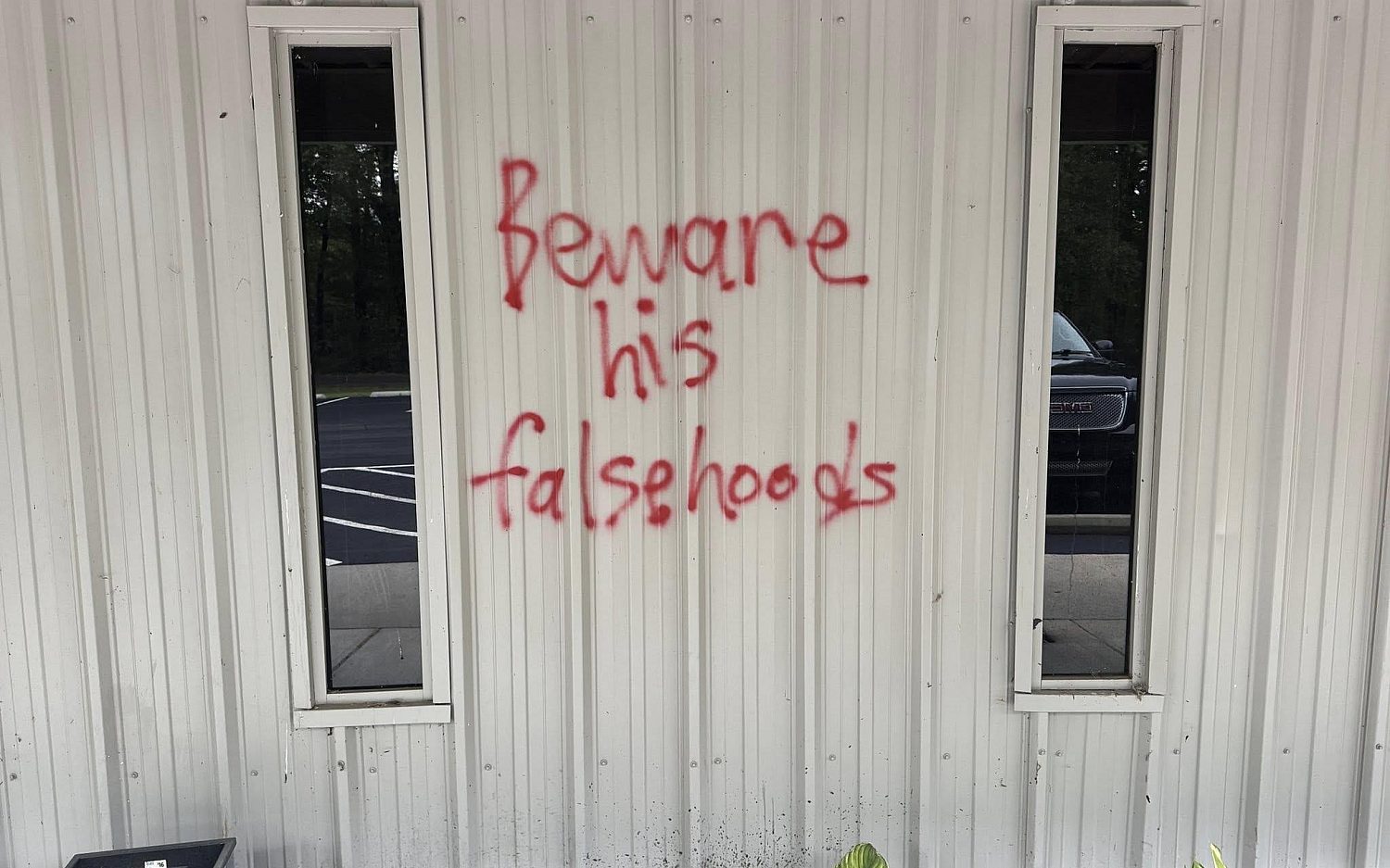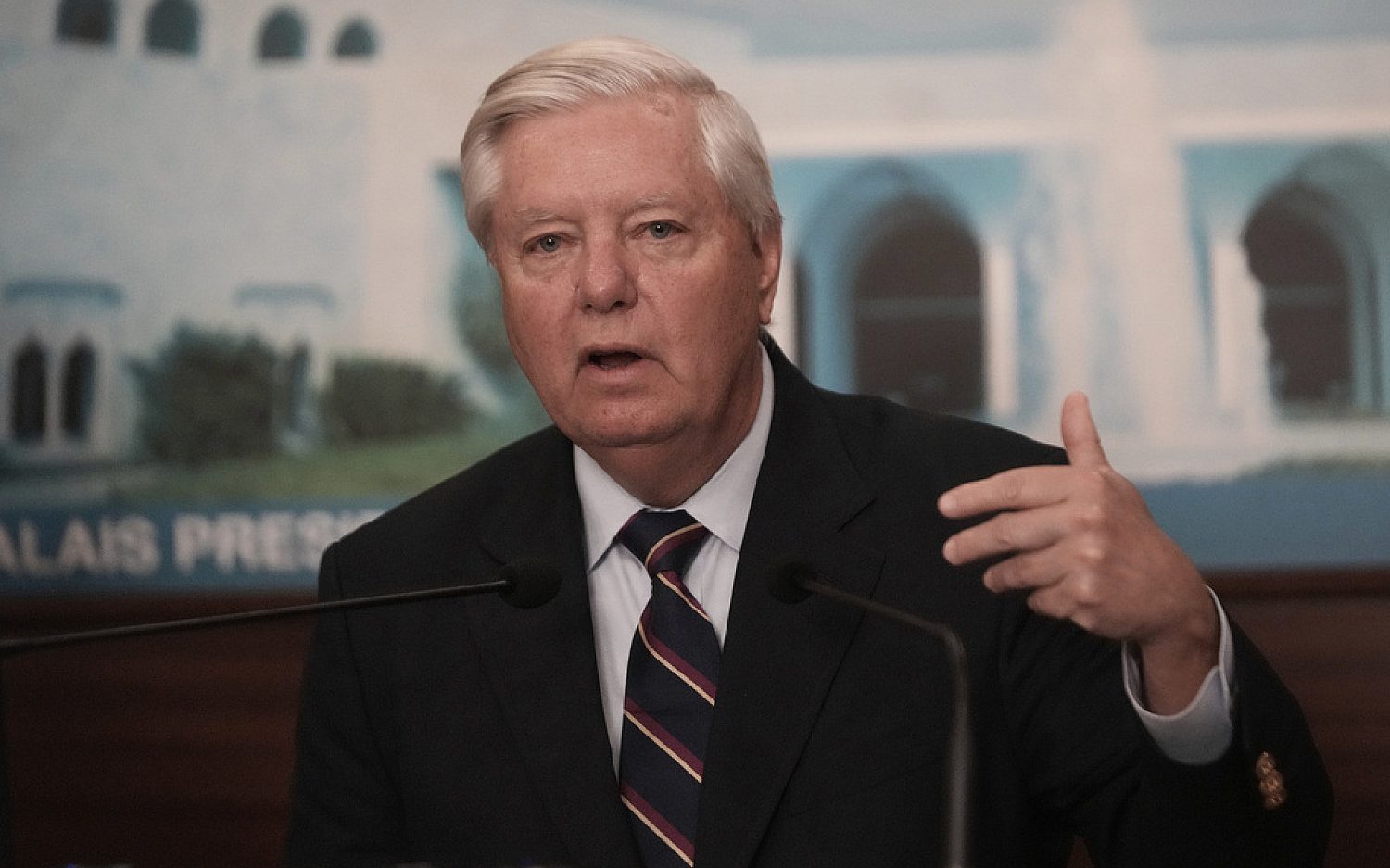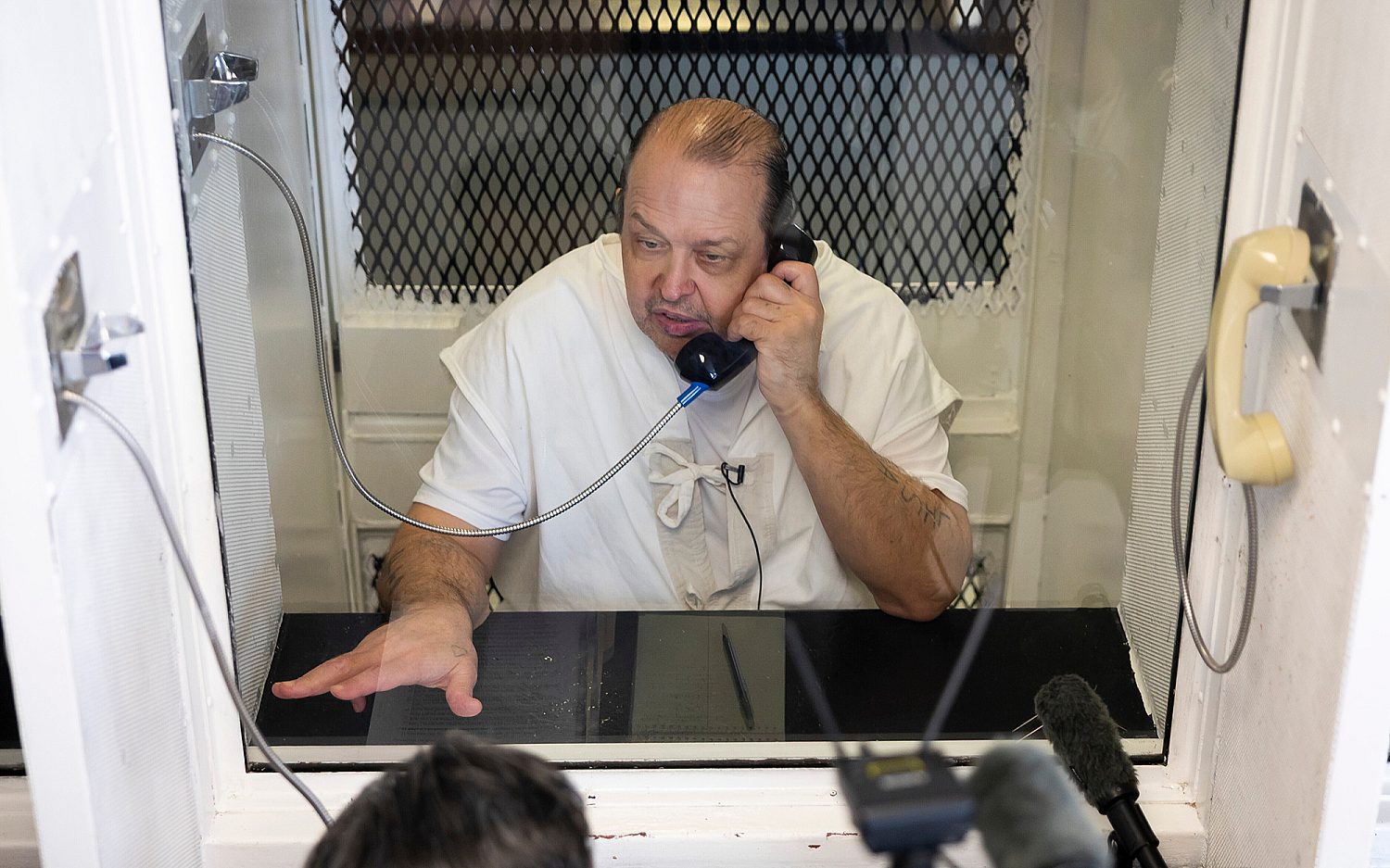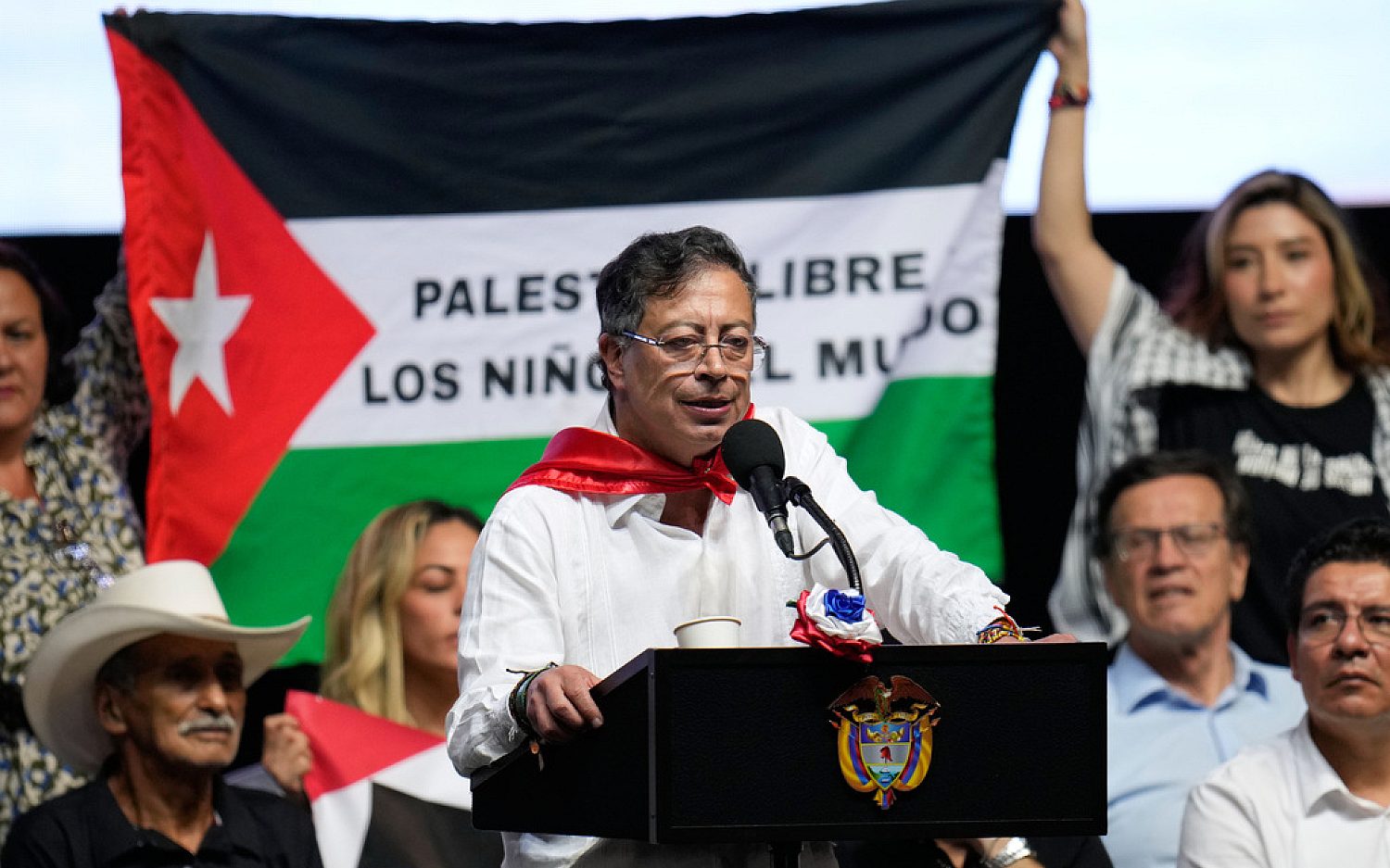Charging for history
Anniversary of Gettysburg battle brings thousands to commemorate Civil War’s climatic moment
GETTYSBURG, Pa.—“Attention, Brigade! Forward, March!”
With those words, thousands on Wednesday afternoon began a nearly mile-long trek across a Pennsylvania field in commemoration of the most famous moment in the Civil War’s most famous battle.
The 150th anniversary of what became known as Pickett’s Charge drew thousands of history buffs from all over the world for an unforgettable prelude to Independence Day. On the same day and hour of the July 3, 1863, attack, the crowd at the Gettysburg National Military Park walked in the footsteps of the Confederate soldiers who endured shot, shell, and shrapnel as they assaulted three divisions of the Union Army waiting a mile away on a hill ominously named Cemetery Ridge.
When they came out of the trees here 150 years ago, it was a watershed moment in American history. Troy Harman, a park ranger, told the visitors he led in the memorial march that the field was a part of the nation’s collective DNA.
More than 200,000 visitors are expected to visit the sprawling battlefield during the 10 days of events here that began on June 29 and end Sunday. With area hotels booked months in advance, some tourists are sleeping in their cars.
“There is a pull to Gettysburg,” said Rae Egglestone, 32, who traveled from Cheshire, England, and had spent the last three days in a tent on the battlefield.
In 1863, more than 165,000 soldiers from both armies descended on this tiny town that had a population then of just 2,400. During three days of fighting, the soldiers fired 7 million bullets in the fields, ridges, orchards, and streets surrounding the town. When the battle ended, 51,000 were dead, wounded, missing, or captured, making Gettysburg the bloodiest battle ever fought on U.S. soil.
Its climax, and the centerpiece of this commemoration, was Pickett’s Charge. The Confederates briefly penetrated Union lines during the doomed assault. To many historians it marked the closest the South came to victory during the four-year struggle that ended in 1865.
With their bayonets shining in the afternoon sun, the Confederates, more than 12,000 strong and spread out over a mile, had little protection when they stepped out into the vast open field. When the Union line opened up on them, the thickening banks of black smoke obscured the sun and forced soldiers to shoot at the only thing they could see: the feet of their enemies. One 16 by 14 plank of fence was later found to have 836 bullet holes in it.
The Union army came closest to being broken on July 3. But it held. And when the Confederates retreated, they left a field covered with discarded guns, blankets, canteens, and haversacks scattered among the scores of dead and wounded.
“It was the bloodiest and most desperate battle in this bloody and desperate war,” wrote a Civil War correspondent.
One Virginia regiment charged with 200 men and came back with 10. When a retreating general was stopped and asked where his brigade went, he wordlessly pointed to the sky.
“Not all the glory in the world can atone for the widows and orphans this days has made,” said the charge's namesake, Gen. George Picket, who lost two-thirds of his listed strength in just one afternoon.
Now, 150 years later, thousands began their own march by taking off their hats and waving them in the air while giving a 21st century version of the Rebel Yell.
“Dress your lines! Dress your lines,” Harman, the park ranger, told his group, ordering them to stay in straight rows, shoulder to shoulder. But that was hard to do with so many of the participants in this modern march snapping photos with smart phones and shooting videos with their iPads. One marcher yelled that the commemorative charge was trending on Twitter. Missing from this march was the artillery fire of 150 years ago that rained down the ranks, cutting some Confederate soldiers in half.
“You guys look good,” Harman said. “This is a fit group.”
Among those following Harman was Dianne Walsh, 67, of West Chester, Pa. On this day back in 1863, Walsh’s great-great grandfather, Calvin Parker, marched across these same fields as part of a Confederate regiment from Virginia. Having already survived wounds from two previous battles, Parker, then a 26-year-old corporal, was hit in the leg during Pickett’s charge. Left where he fell on the field for two days, including a rainy Fourth of July, Parker endured a Union surgeon sawing off his wounded leg on July 7. He survived and was promoted to sergeant major for his actions to protect his company’s colors. But he never fought again.
“I always wanted to know where he was when the charge started,” Walsh said. “I couldn’t help but think he was up there watching me.”
As today’s visitors marched and cheered across the field, a group nearly as large waited for them where the Union army stood in 1863.
Randy and Kay Hunsaker, both in their 50s, spent five days driving from Billings, Mont., to be here for Pickett’s Charge. They arrived at the battlefield on Wednesday at 6 a.m., staking out a spot at the center of what was the Union line. There they sat on their blue folding chairs for nine hours until the 3 p.m. commemorative charge, fishing out bottles of water from their cooler and offering some to those around them.
“It was worth it,” said Kay Hunsaker. “Can you imagine that day, hunkering down behind these rocks and they are coming at you firing bullets? What terror those soldiers must have experienced.”
Back on the field, Harman, the park ranger, urged his group ahead. The summer humidity led to a few casualties but not the carnage of 150 years ago.
“This is where they started running,” Harman told his group as it was about two-thirds to the Union line. “But we won’t do that.”
It took about twenty minutes for the visitors to get across the field. That is about the same amount of time it took the soldiers back in 1863. Then Pickett’s division lost about 60 percent of its men. Some of the bones of the dead are still buried on the field, Harman told his group.
“That is why this is sacred ground,” he said.
This time, no hand-to-hand combat occurred. Instead both those who marched representing Confederates and those who waited representing the Union forces shook hands, applauded and cheered. They then stood silently, taking off their hats, as a series of buglers in Civil War-era uniforms played “Taps.”
Most of the hundreds of re-enactors here, enduring the humidity in period wool uniforms, had a little more grey hair than the 18- to 20-year-olds who did most of the fighting 150 years ago. Today’s re-enactors included John Grant Griffiths of Fredericksburg, Va., who will turn 75 in two weeks. He missed out on the 100th anniversary here, even though he participated in other centennial re-enactments at other battlefields back in the early 1960s. A re-enactor since 1956, he started out as a Confederate clad in grey because it was hard to get blue wool at the time. The 150th anniversary of Gettysburg was a redemption of sorts for Griffiths. He has since switched to the Union side, and for good reason.
Griffiths said he had three ancestors in the Union army, including Union General Ulysses S. Grant, who led the Union to victory in 1865. Griffiths said Grant is his great-great grandfather on his mother’s side.
“My other ancestors included an assistant surgeon and a private,” Griffiths said while leaning on a wooden cane and chomping on an apple. Chunks of the fruit fell as he talked, getting stuck in his thick grey bread. Griffiths himself is a private in his reenactment unit. “I don’t want to be promoted, I’m perfectly happy as a private.”
Asked if he planned on making the 200th anniversary in 2063, Griffiths replied: “I hadn’t planned that far ahead.”
After this year’s memorial charge, visitors seemed reluctant to leave the area called the “high water mark of the confederacy.” A man wearing a Rebel uniform played the fiddle while nearby another man wearing Union blue played a flute. Other tourists, cradling Confederate, Union, or state flags, swapped stories about their Civil War ancestors, read the many stone battlefield monuments or peppered park rangers with questions. Some just sat on rocks or leaned against cannons and stared out into the distance, reflecting over the ground they had just walked in the shadow of history and taking away hopeful lessons for the future.
“You hear on the news today that you’ve never seen our country so divided,” said 54-year-old Tom Viezer from Cincinnati, Ohio, who has spent 11 years as a re-enactor and first came to Gettysburg as an 8-year-old boy in 1968. He went home and tried to recreate the battlefield using rocks in his backyard. “But here was a time when they were shooting at each other.”
After the commemorative charge, many of the re-eanctors began to pack up the period white tents. They had spent three days sleeping on the rain-soaked ground.
“It’s time for modern clothes,” said Rick Guth from Allentown, Pa.
An actual newsletter worth subscribing to instead of just a collection of links. —Adam
Sign up to receive The Sift email newsletter each weekday morning for the latest headlines from WORLD’s breaking news team.





Please wait while we load the latest comments...
Comments
Please register, subscribe, or log in to comment on this article.